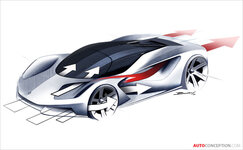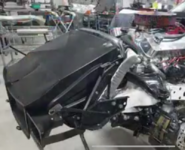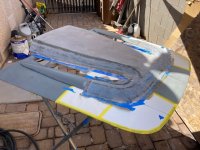rtj
Well-known member
- Joined
- Nov 5, 2011
- Messages
- 3,141
I believe they are basically centrifugal compressors. Early and/or cheap centrifugal compressors had/have straight vanes.
https://en.m.wikipedia.org/wiki/Centrifugal_compressor
I am guessing he found a stainless salad bowl approximately the right size and went from there.
We had a thread on the original alloy fans, I seem to remember they were flat on the front, but alloy would support a lot more torque. It was just uploaded, so it will be interesting if he gives an update later.
Found it:
http://www.vettemod.com/forum/showthread.php?t=10716&highlight=Wheel+fans
https://en.m.wikipedia.org/wiki/Centrifugal_compressor
I am guessing he found a stainless salad bowl approximately the right size and went from there.
We had a thread on the original alloy fans, I seem to remember they were flat on the front, but alloy would support a lot more torque. It was just uploaded, so it will be interesting if he gives an update later.
Found it:
http://www.vettemod.com/forum/showthread.php?t=10716&highlight=Wheel+fans
Last edited:








